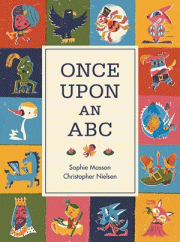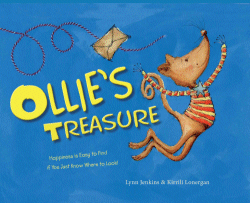
A Canadian Year: Twelve Months in the Life of Canada’s Kids
A Canadian Year -Twelve Months in the Life of Canada’s Kids
Tania McCartney
Tina Snerling
EK, 2017
32pp., hbk., RRP $A19.99
9781925335439
Continuing this fabulous series which includes A Kiwi Year , An Aussie Year and a host of others, young children are introduced to the children of Canada. There is Chloe, who speaks both French and English; Oki who is Inuit, Ava who is of Chinese heritage; Liam of Scottish heritage and Noah whose dream is to place ice hockey for the Vancouver Canucks – kids just like those found in every classroom in Australia but whose lives are subtly different because of their geographic location. Whoever heard of it being -30° in January and instead of being at the beach kids are skiing, skating and sledding? And as we currently shiver through early winter and another Big Wet, it’s hard to imagine there are children on summer vacation for two months, kayaking, salmon fishing in the ocean, swimming, camping in the wilderness and visiting Santa’s Summer House just outside Toronto. If nothing else, and there is SO much more, students will learn about the seasons being somewhat different in the northern hemisphere.
Offered as vignettes for each month, young children learn that there are places beyond their immediate horizons and there are kids who do things that are a bit different but overall, despite the timeframe, they enjoy and do the same things as kids everywhere so there is more that binds than divides.
Intercultural understanding is a mandated part of the Australian Curriculum so that students “understand how personal, group and national identities are shaped, and the variable and changing nature of culture” and this series is the perfect way to start this with young children whose concepts of the world are just developing.
As usual, there is the is a double-page spread featuring intriguing facts and figures which just invite comparisons with Australia – if ‘Canada” comes from ‘kanata’ meaning village, where does “Australia” come from? If Canada is the world’s second-largest country, what is the largest? What’s the difference between large as in area and large as in population? While teachers’ notes are available, the children themselves will generate enough questions to drive their own investigations.
Why not use it as a model for a class calendar, highlighting the important events of each child’s life in each month visually exploring the unity and the diversity and promoting an important bond of belonging and acceptance so that lives and heritage are celebrated. Create a wall display for each month and invite the children to contribute to it, and then compare what is happening with other children in other parts of the world using this series as the key resource.









